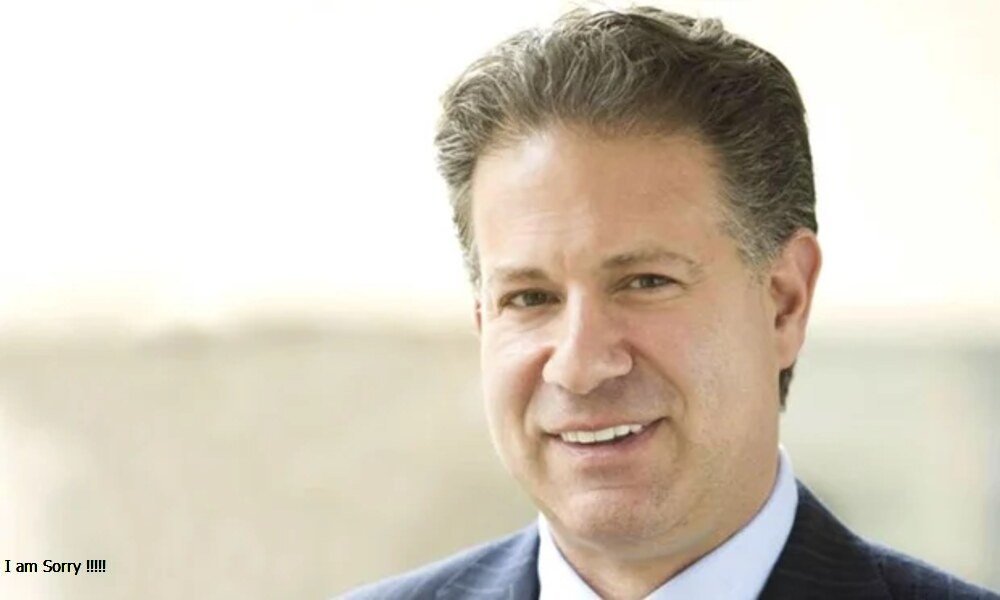Introduction
The “OGX lawsuit” has become a significant concern for consumers who once trusted the brand for their daily hair care routine. The lawsuit has drawn national attention with rising reports of hair loss, scalp irritation, and potential health hazards linked to certain OGX shampoos and conditioners. Consumers have begun questioning OGX’s product safety and how transparent companies are about their ingredients. The OGX case is a wake-up call for customers and corporations increasingly focused on clean beauty and non-toxic formulations. This comprehensive article breaks down everything you need to know about the OGX lawsuit, from the roots of the controversy to the most recent legal updates, expert opinions, and what it means for your personal care routine.
What Is OGX?
OGX is a popular hair care brand known for its sulfate-free shampoos, exotic ingredients like coconut, argan, and keratin, and appealing marketing. Founded by Vogue International, OGX quickly became a go-to for affordable “salon-quality” products. In 2016, OGX was acquired by pharmaceutical giant Johnson & Johnson, a move that expanded the brand’s global reach. Despite its success and broad customer base, OGX began facing scrutiny when users reported adverse effects after using its products. The brand once hailed for natural formulations, now finds itself at the center of a legal storm that questions the very safety of its offerings.
The Core of the OGX Lawsuit
At the heart of the OGX lawsuit is a chemical preservative known as DMDM hydantoin. This formaldehyde-releasing preservative ingredient extends shelf life and prevents microbial contamination. However, formaldehyde is a known carcinogen and skin irritant. Consumers have reported hair thinning, hair loss, scalp redness, and itching after using OGX products containing this ingredient. The class action lawsuit claims that OGX and Johnson & Johnson failed to warn consumers about these risks adequately. Plaintiffs allege that the brand falsely marketed its shampoos as safe, natural, and nourishing while secretly including a potentially harmful substance. The lawsuit argues that if consumers knew about DMDM hydantoin and its effects, they would not have purchased it.
Key Legal Developments
The legal action began gaining traction in 2021 when plaintiff Larissa Whipple filed a class-action lawsuit against Johnson & Johnson in the U.S. District Court. The lawsuit pointed out that despite a prior pledge in 2012 to eliminate formaldehyde-releasing preservatives by 2015, Johnson & Johnson continued selling OGX shampoos with DMDM hydantoin even after acquiring the brand. The company officially stated in 2021 that it would stop producing OGX products with DMDM hydantoin by September of that year. As of 2025, the case is still in active litigation, with multiple plaintiffs joining the class-action suit. No final settlement has been reached, but legal experts predict the company could face substantial penalties and damages if the plaintiffs succeed in proving negligence and false advertising.
Johnson & Johnson’s Response
Johnson & Johnson has maintained that their OGX products are safe when used as directed. The company cited industry standards and regulatory compliance to support its stance. In response to the rising public concern, the company announced a gradual phase-out of DMDM hydantoin and began reformulating several OGX lines. However, critics argue that the response came too late and only after significant backlash. The fact that Johnson & Johnson previously pledged to remove such ingredients from all products yet continued selling OGX items with them raised questions about their internal oversight and transparency. The company now faces both legal and reputational damage.
Consumer Reactions & Complaints
The reaction from consumers has been vocal and widespread. Social media platforms like TikTok, Twitter, and Reddit have seen thousands of users share their experiences with OGX shampoos. Many posted before-and-after photos showing significant hair thinning and bald spots. Influencers and beauty bloggers also amplified the conversation, warning their followers to avoid OGX products. Several consumers reported emotional distress over hair loss, especially given the brand’s promise of healthier, fuller hair. The viral nature of these posts added fuel to the legal fire and significantly impacted the brand’s public image. Sales have reportedly dipped, and major retailers have faced pressure to pull affected products from their shelves.
Expert Opinions & Scientific Insights
Experts in dermatology and toxicology have weighed in on the OGX lawsuit, with many expressing concern over the continued use of formaldehyde-releasing preservatives in personal care products. DMDM hydantoin, while not illegal, is flagged by various health organizations as a potential irritant and allergen. Some dermatologists have confirmed that extended exposure to such ingredients can lead to contact dermatitis and hair follicle damage, especially in individuals with sensitive skin. The FDA does not ban DMDM hydantoin but requires that products be safe for consumer use. Experts emphasize that the absence of a ban does not equal safety, and more rigorous ingredient transparency is needed in the beauty industry.
What This Means for You
If you’ve used OGX shampoos and experienced hair loss or scalp issues, you may be eligible to join the class-action lawsuit. Consumers are encouraged to keep proof of purchase, product packaging, and photographic evidence of adverse effects. More importantly, the OGX lawsuit underscores the need for consumers to read ingredient labels carefully. Ingredients like sulfates, parabens, and formaldehyde-releasers are red flags. Consider switching to clean beauty brands that disclose all ingredients and avoid controversial chemicals. Always do a patch test before using a new product, and consult a dermatologist if you notice unusual hair shedding or irritation.
Broader Industry Impact
The OGX lawsuit is not an isolated case but part of a growing movement demanding accountability in the beauty industry. More brands are being scrutinized, and consumer advocacy groups are calling for stricter regulations and ingredient bans. This legal case has sparked broader conversations about “greenwashing” — when brands market themselves as natural or safe without backing it up with clean formulations. As consumers become more educated, there’s increasing demand for transparency, sustainable practices, and non-toxic products. Retailers are also being held accountable for the products they stock, pushing the industry toward safer and more ethical standards.
Final Thoughts
The OGX lawsuit is a landmark case highlighting the dangers lurking in everyday hair care products. While the legal proceedings are ongoing, the situation has already influenced consumer behavior and industry practices. The key takeaway is staying informed whether you’re personally affected or looking to make safer choices. Read labels, research ingredients, and demand transparency from the brands you support. As the case unfolds, it will likely shape the future of product labeling, consumer rights, and cosmetic safety standards. The OGX lawsuit reminds us all that beauty should never come at the cost of health.
Do Read: Fulton County Open Records Lawsuit: A Legal Battle Over Transparency and Accountability















